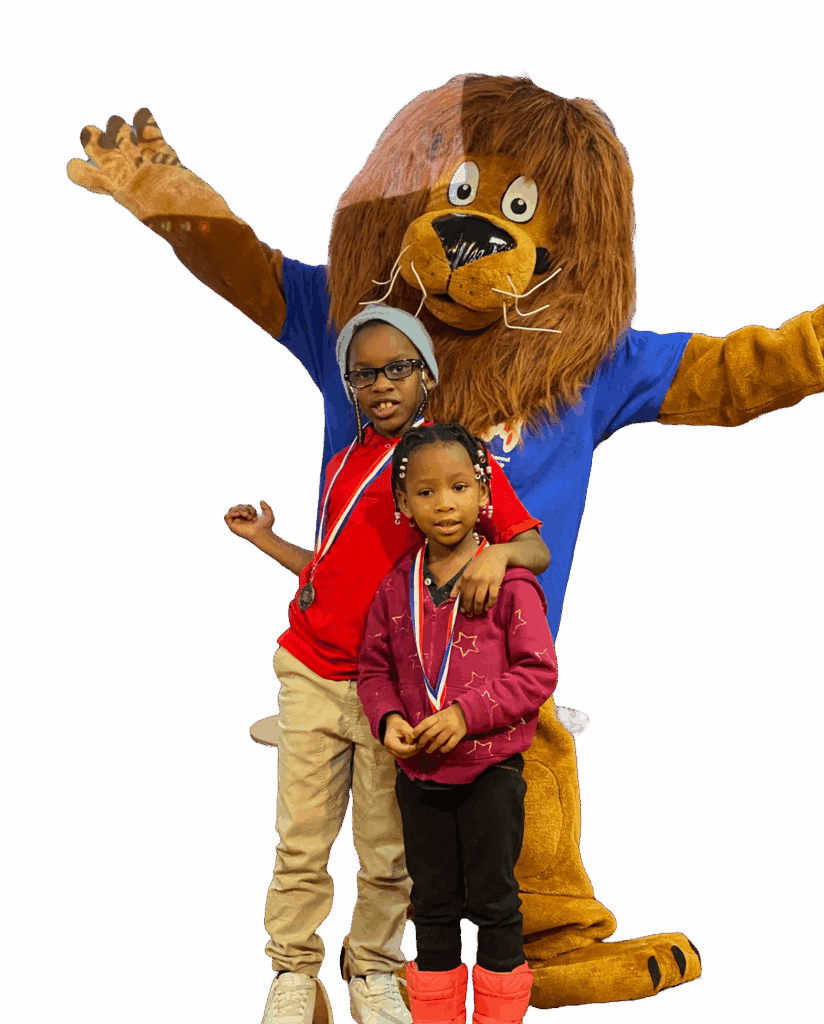Circles and Community Care
This article was written by Lauren Fardig-Diop.
Good morning, Michigan educators!
I know, it’s August, aka the longest Sunday ever before we start the new school year, and you’re oscillating between trying to soak up the last days of summer with pool days, park days or one last getaway before PD begins, and thinking about how to do things better, brighter and with more intention this fall. Me too!
One of the things I’m reflecting on as school creeps back up on us is how important relationships are to every system working in our school. I work at an alternative high school in Southeastern Michigan, and we spend a lot of time as a whole school and in smaller groups investing in name games, getting-to-know-you activities, storytelling and life mapping. Do we have content we need to teach? Of course! A whole semester’s worth, plus some. So, why do we spend weeks investing in things that will ultimately not help test scores or evaluations?
We want students to feel invested in our learning spaces, and we want students to know that we are invested in them: not just their academic success, but in their ability to grow and change as maturing people, their ability to navigate conflict with respect and accountability, their ability to experience and appreciate art, music and culture, and build community together. We are all learning (adults included) and we will make mistakes. Circles can be used to build community and also to respond when harm or conflict happens, which it will.
So, we circle up everyday. Sometimes as a whole school, sometimes in classrooms and small groups. Sometimes in the media center, the gym, or outside in the garden. We talk. We introduce ourselves, our interests, we share bits and pieces of who we are. And most importantly, we listen and create lots of opportunities for our young people to tell us who they are, what they know, what their questions are and what they want to do and know.
In creating these spaces where students have voice, where we have choices in how and how much we engage, where we harness student interest and ideas, we are not only engaging in social studies and English standards (speaking and listening, group procedures, asking questions, deciphering information and planning responses), we are also creating processes for communication that will aid us in times of conflict or difficulty.
Try This Tomorrow!
Think about the student in your class who always seems to be at the center of everything. Try to use restorative questions and affective statements in an impromptu conference.
- Pull the student to the side. Talking to them in front of the class can be humiliating and dehumanizing.
- Check in first: “How are you today? How’s your morning been?”
- Use restorative questions to approach curiously:
- What happened?
- Who was impacted by it?
- How can we make things right?
- Use affective statements to communicate how it impacted you:
- “When you shouted out of turn, it made me feel upset and nervous, it was too loud! If you can raise your hand, it helps me better help you.”
- Summarize the situation:
- “So, you were frustrated that no one was hearing you, and you yelled. You’d like to make it right by apologizing to the class, is that right?”
- Make a plan:
- “Next time, let’s try…”
- “How can we communicate better?”
See how these one-on-one check-ins start to impact your relationships. Often “attention-seeking” behaviors are young people needing connection.






